Japanese Used Cars TOP > BLOG > Car Maintenance > The Easy Way to Let Air Out of your Car Tires
by Carusedjp
Last Updated on 9月 23, 2022 by Carusedjp
Many car owners think that when they over inflate their tires, they can expect better fuel efficiency and more responsive handling. Even those who buy used trucks for sale that over inflating their tires would improve the condition of their vehicle. However, the truth is that over inflated tires can be dangerous.
If you want the best fuel efficiency and handling possible for your vehicle, then it would be advisable to follow the manufacturer-recommended tire pressure level. Your manual will tell you what the optimum tire pressure for your car is.
Keep in mind that these numbers were determined through a series of tests and studies for each car model, with consideration to the following factors:
Search Japanese Used Cars
When you exceed the manufacturer-recommended pressure levels, your tires will wear out sooner than expected. It is worth noting that tires tend to round out on the tread section when they are over inflated. Consequently, the center wears out at a faster rate than the outer edges. It is possible that your tires will only reach half their actual lifespan.
Aside from that, over inflating your tires can also cause traction loss. Even when you drive on regular roads and conditions, over inflated tires can cause your vehicle to lose traction. This would lead to accidents. This problem becomes especially evident during the winter season.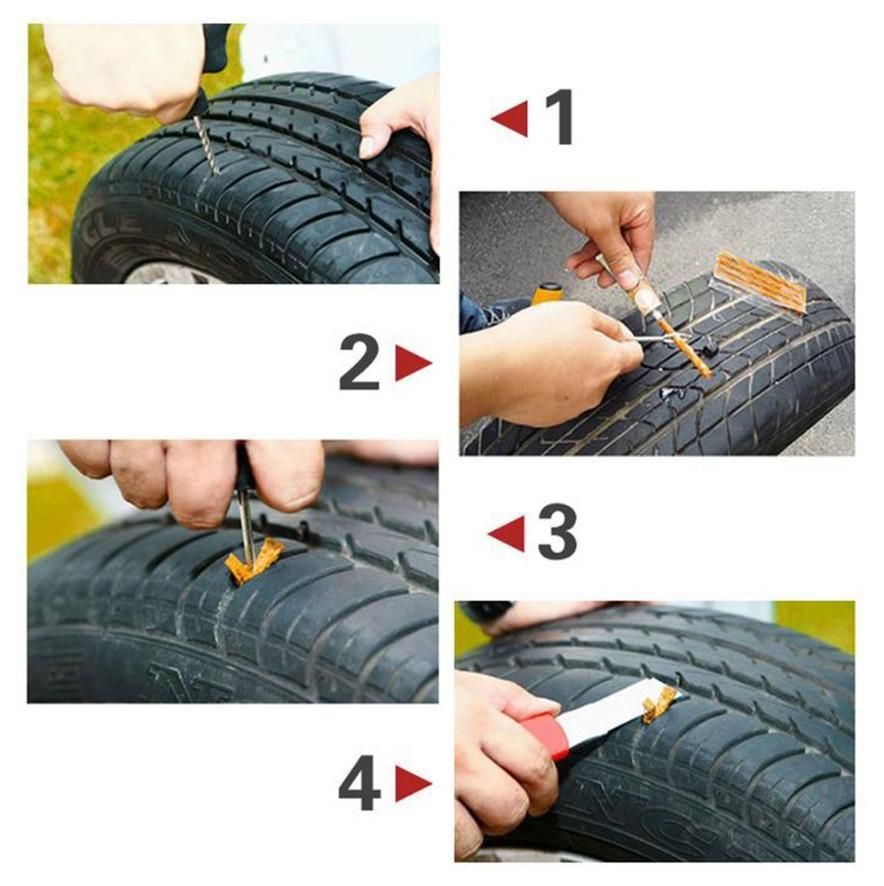 Your rides can become harsher as well. When tires are over inflated, they tend to give a bumpier rider. Needless to say, you will feel every dip in the road.
Your rides can become harsher as well. When tires are over inflated, they tend to give a bumpier rider. Needless to say, you will feel every dip in the road.
It is recommended for every driver to own a digital tire gauge. This is one of the items you can keep in the glove compartment. You can also keep a notebook where you can write down the tire pressure and the fuel economy. Here are the steps in checking your tire pressure:

Find Used Trucks here!
As we’ve mentioned, you will find the manufacturer-recommended pressure level on the tire’s sidewall. Here’s how to let air out of over inflated tires:
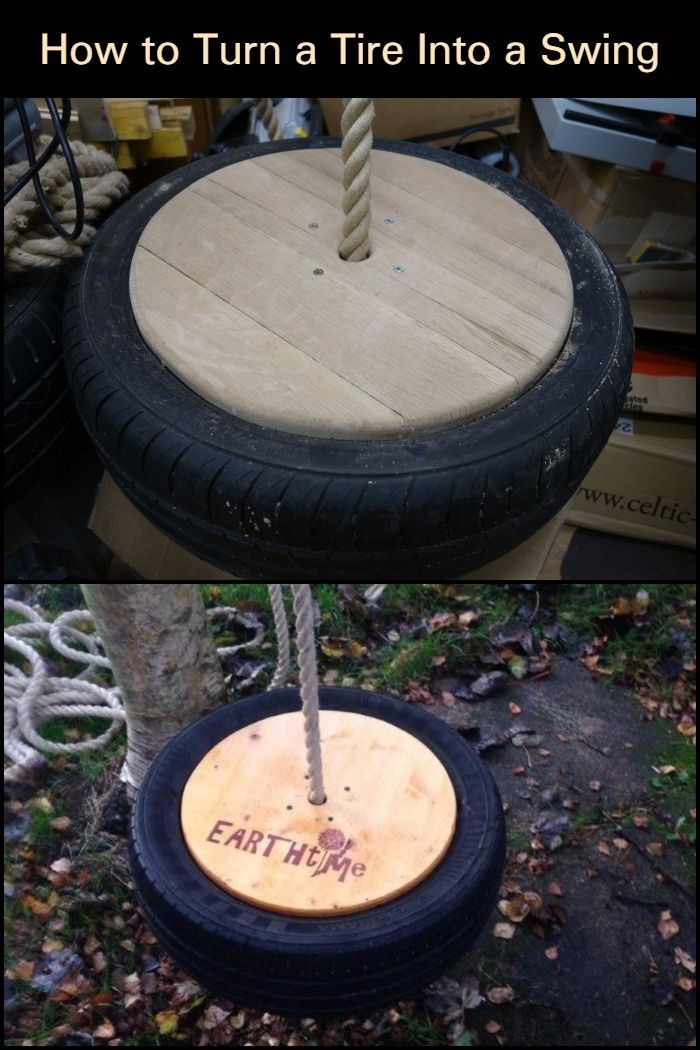
How to Buy Japanese Car
Share this article:
Previous
Next
The simplest method you can try to let the air out of tires is by pressing the thin metal pin found inside the valve stem with any thin, blunt tool like a long-nose plier or screwdriver. Be careful though, as you may accidentally puncture your tires, or damage your wheels, you may need also to take extra steps such as measuring the tire’s air pressure before and after you let the air out.
What's In This Guide?
The most common reason why there is a prompt need to let the air out of tires is because of over-inflation brought by different situations like you accidentally put too much air pressure, or the belief that a rock hard tire improves gas mileage. Additionally, certain events also influence a change in air pressure like in a warmer season where air takes up more volume.
Additionally, certain events also influence a change in air pressure like in a warmer season where air takes up more volume.
Heat causes molecules to bump into each other, the result is a more expanded surface area, This phenomenon is prevalent during warmer seasons, and your tire is not spared from this occurrence. Moreover, friction from both the rubber and the road, especially at high speeds could heat up the molecules inside.
“Over-inflated tire improves fuel economy” mythThis belief has been busted with numerous experiments, you can see it for yourself online through videos or detailed articles like the one here. The point is, compromised handling, control, and unnecessary tire wear outweigh the small gains from running with over-inflated tires.
Wheel/Tire ReplacementThe standard procedure whether you’ll change your tires or wheels for upgrade or replacement needs them to be fully deflated to work on them properly.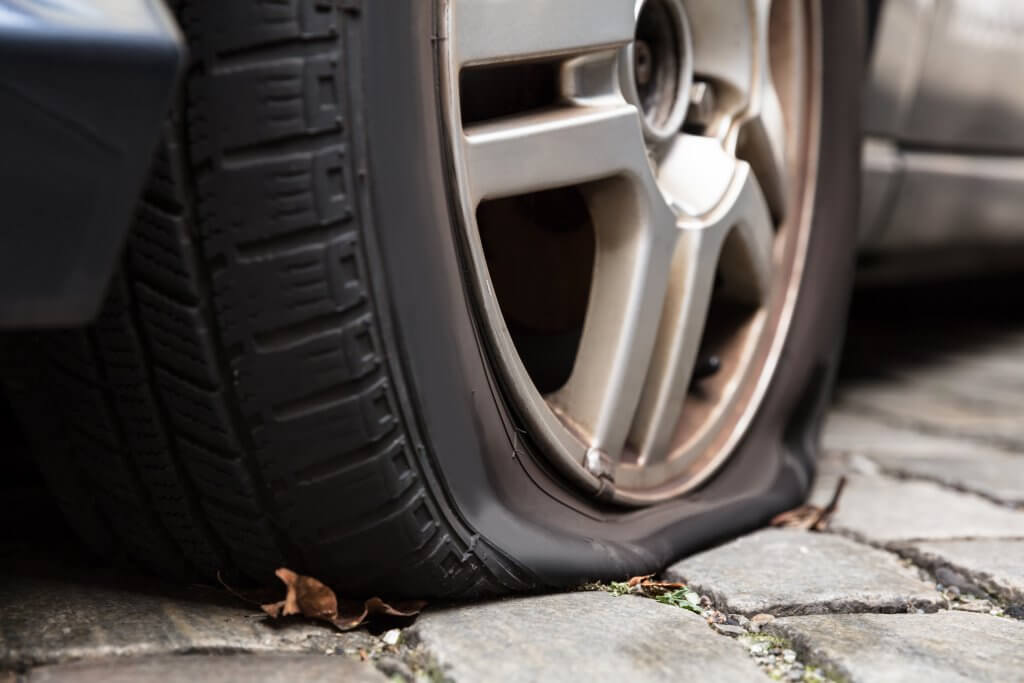
Aired-down tires increase the surface area, and because they have a wider footprint, they won’t sink in as deep and could help you get out fast from being stuck. The recommended level is you let out at least 15 psi of air, and you’ll get out in no time if you’re lucky.
How to let the air out of tires to fully deflate themTo let the air out entirely of your tires is as easy as extracting the metal pin in the stem valve. However, you need to lift your car to do so to prevent damage brought by weight redistribution due to deflated tires.
Tools needed:Deflating your tires completely when they are not suspended in the air can cause irreparable damage to the tire itself and to other mechanical parts such as wheels and discs.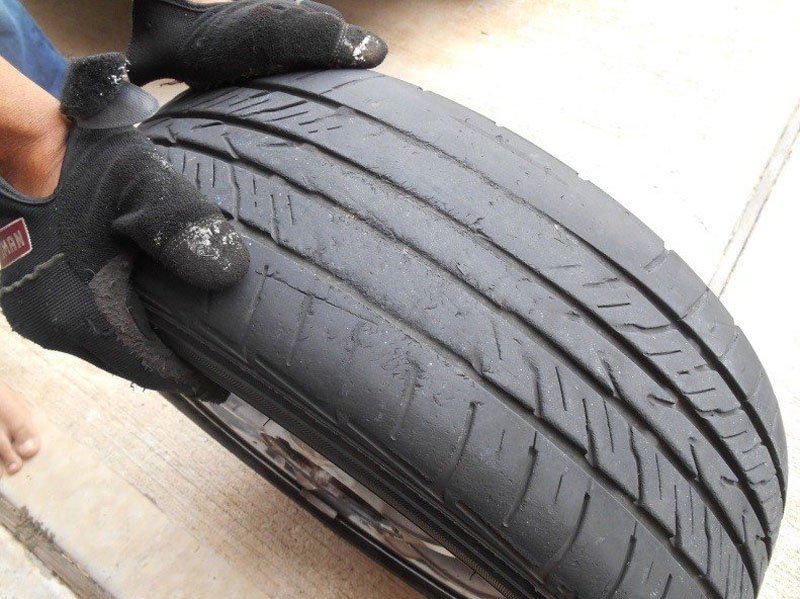
To lift your car, first, locate its jack points, these are the strongest points in your vehicle’s under chassis, located on each side of your vehicle, behind the front tires, and in front of rear tires. Place the jack below these points and raise the car until you can slide the jack stands to all the corners. Then, you can slowly release the jack, removing them completely so the car is placed securely and independently by the stands.
Find the valve stemThe valve stem holds the metal pin that needs to be unscrewed to let the air out completely. This stem is usually located between the spokes sticking out the inner rim of wheels.
Remove the cap covering the valve stemThis cap made of plastic, rubber, or metal, prevents dirt and dust from getting inside of the valve. To remove the cap, unscrew it counterclockwise to reveal the metal pin.
Extract the metal pinRemoving the metal pin will deflate the tire faster by letting out all air at once. Extract the pin by grabbing it with the use of a needle-nose plier then rotate it counterclockwise.
Extract the pin by grabbing it with the use of a needle-nose plier then rotate it counterclockwise.
Once you’re done letting all the air out of the tire, screw the pin back to the valve so you don’t misplace it.
How to let the air out of tires to the recommended air pressureIf you only need to let out just a fraction of air pressure on your over-inflated tires to their recommended level, you don’t need to lift your vehicle like the instructions above to do so. To let the air out of tires to the recommended air pressure, this fairly easy task will only require you to have a tire pressure gauge and an air compressor or inflator on top of a long, blunt tool to accomplish it safely and accurately.
Tools needed:The first step, like the instruction above, is to locate the valve stem normally seated between the spokes of your wheels.
Ideally, you can work on the remaining steps easily if the valve is positioned at the bottom or at the lower sides, so if possible, move the vehicle forward or backward a bit in order to place the valve at the desired position.
Remove the cap to reveal the metal pinRemove the cap by rotating it counterclockwise. You can then access the metal valve which includes a metal pin inside that will be used to adjust the air pressure.
Check the air pressureUsing a tire pressure gauge, attach the tip to the metal valve. Regardless of the type of gauge you use, the result can be read out in pounds per square inch, or PSI. Compare the result against the recommended air pressure. This is commonly listed on a sticker inside the driver-side door frame for newer cars. Alternatively, tire specifications can also be found in the owner’s manual.
Reminder: allow the tires to cool down first before you proceed with measuring the PSI to get accurate results since warm air tends to expand.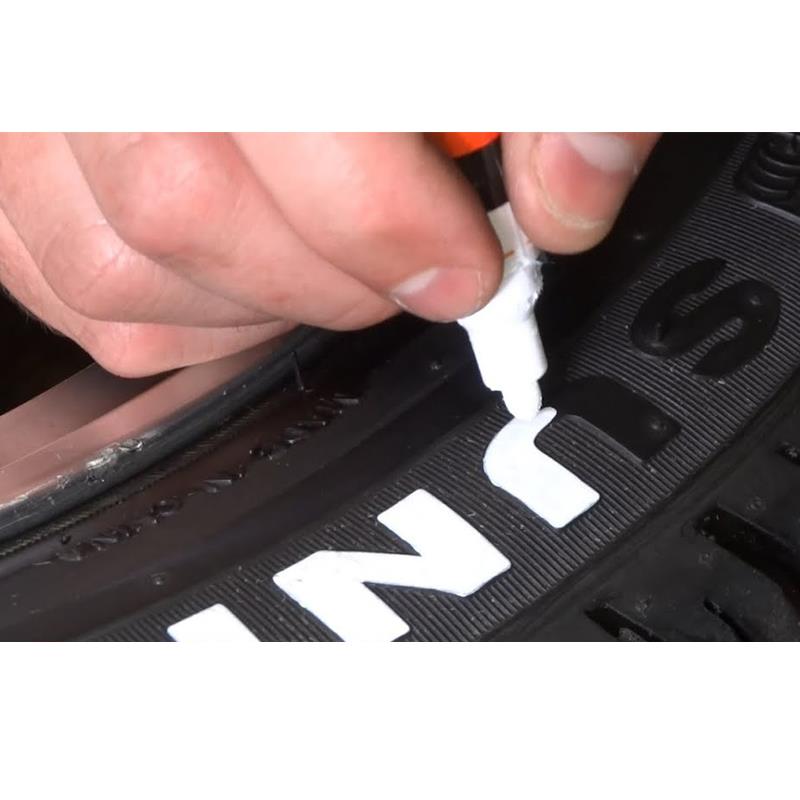
The most common tool you can find is a good old Phillip’s head screwdriver. Its long neck is suitable to get into the hard-to-reach valve faster and it has a blunt point to prevent damage to the valve, though, any similar tool is fine. You will hear a hissing sound as the air comes out of your tires.
Reminder to be careful enough not to apply too much force while pressing the pin as you may slip the tool and cause punctures or scratches to your tires or wheels.
Lift the tool off of the metal pinYou will just need to press the metal for a few seconds. Lift the tool off of the metal pin after a while, so as not to deflate the tire completely.
Have the air pressure checked againAttach the tire pressure gauge again to check how much you’ve lost. You may have overdone the previous step and let out too much air, but don’t worry, you can just inflate it with an air compressor or inflator until you meet the recommended PSI.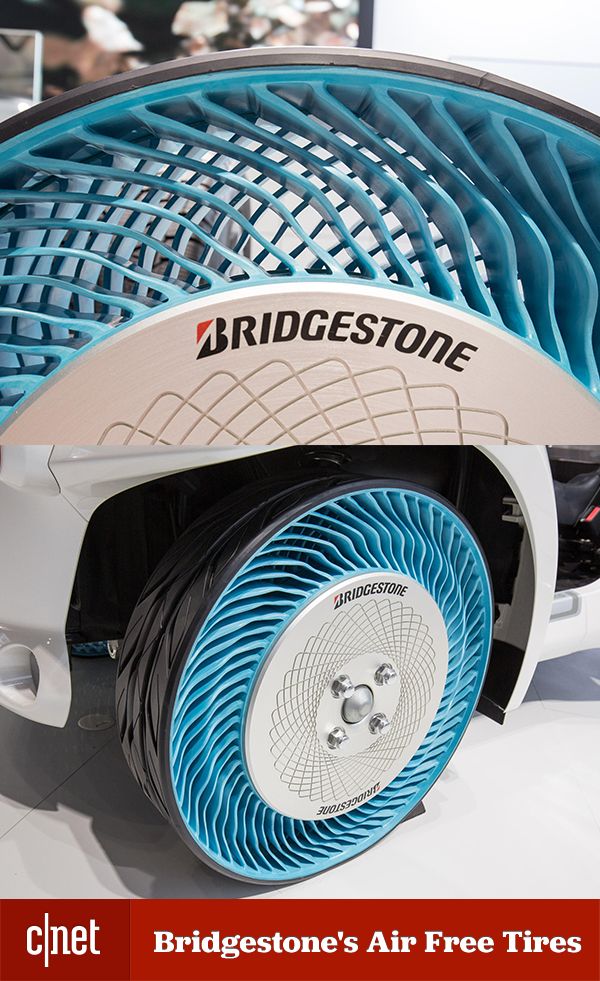
When letting the air out of your tires, keep the metal pin secured in a separate location. Keep in mind that you won’t be able to reinflate the tire again without this. The replacement may come in cheap but you’ll definitely spend time ordering.
The same thing must be done to the stem valve cap. Although a missing cap does not significantly contribute to faster air loss, the build-up of contaminants can damage the entire tire valve which could cause leakage.
A prompt action when you feel something is wrong is good, but this time, let your tires cool down for a moment. This is important because warm air causes particles inside your tires to expand, giving you false reading in the process. A general rule of thumb is to give at least an hour if the outside temperature is also high.
Tweaking your tires to let the air out of them is relatively easy to do, you just need to have the proper tool at hand so you could have an accurate reading and work on this task faster.
Civil Code of the Russian Federation Article 1274. Free use of a work for informational, scientific, educational or cultural purposes
Prospects and risks of disputes in a court of general jurisdiction. Situations related to Art. 1274 of the Civil Code of the Russian Federation
1. Allowed without the consent of the author or other copyright holder and without payment of remuneration, but with the obligatory indication of the name of the author whose work is used and the source of borrowing:
1) citation in the original and in translation for scientific, polemical, critical, informational, educational purposes, in order to reveal the creative intention of the author of legally published works in an amount justified by the purpose of quoting, including reproduction of excerpts from newspaper and magazine articles in the form of press reviews ;
(clause 1 as amended by the Federal Law of March 12, 2014 N 35-FZ)
(see the text in the previous edition)
2) use of lawfully published works and excerpts from them as illustrations in publications, radio and television programs, sound and video recordings of an educational nature in the amount justified by the goal;
cable, works of the same nature brought to the public in cases where such reproduction, communication, communication were not specifically prohibited by the author or other copyright holder;
(clause 3 as amended by Federal Law No. 35-FZ of 12.03.2014)
35-FZ of 12.03.2014)
(see the text in the previous edition)
by cable, bringing publicly delivered political speeches, addresses, reports and similar works to the extent justified by the informational purpose. At the same time, the authors of such works retain the right to use them in collections;
(clause 4 as amended by Federal Law No. 35-FZ of March 12, 2014)
(see the text in the previous edition)
reviews of current events (in particular, by means of photography, cinematography, television and radio) of works that become seen or heard in the course of such events, to the extent justified by the informational purpose;
(clause 5 as amended by Federal Law No. 35-FZ of March 12, 2014)
(see the text in the previous edition)
) these organizations and institutions and persons, respectively, served by these organizations or contained in these institutions;
(as amended by Federal Laws No. 35-FZ of March 12, 2014, No. 358-FZ of November 28, 2015)
358-FZ of November 28, 2015)
(see the text in the previous edition)
computer memory, and bringing abstracts of dissertations to the public.
(Item 7 was introduced by Federal Law No. 35-FZ of March 12, 2014)
), as well as reproduction and distribution of such copies without the purpose of making a profit, are allowed without the consent of the author or other owner of the exclusive right and without paying him remuneration, but with the obligatory indication of the name of the author whose work is used, and the source of borrowing.
Libraries can provide blind and visually impaired copies of works created in special formats for temporary free use with home loan, as well as by providing access to them through information and telecommunication networks. The list of special formats, as well as the list of libraries that provide access through information and telecommunication networks to copies of works created in special formats, and the procedure for providing such access are determined by the Government of the Russian Federation.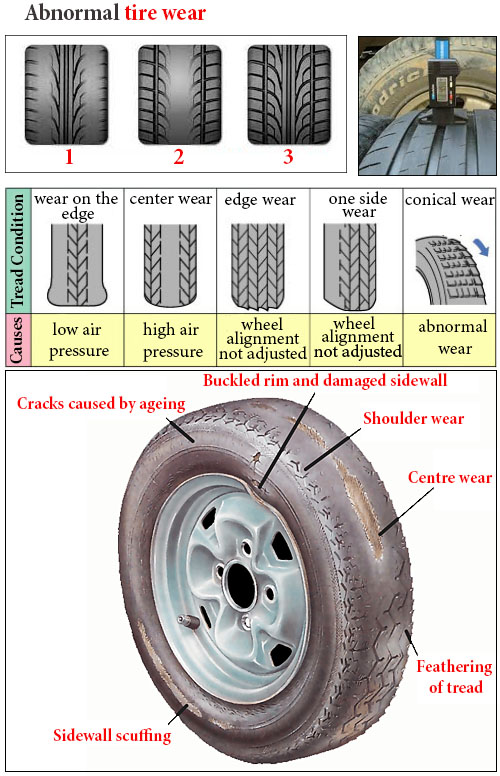
No further reproduction or communication to the public in any other format of a copy of a work intended solely for use by the blind or visually impaired is permitted.
The provisions of this paragraph shall not apply to works created for the purpose of use in special formats, as well as to phonograms consisting mainly of musical works.
(clause 2 as amended by Federal Law No. 35-FZ dated March 12, 2014)
(see the text in the previous edition)
3. Without the consent of the author or other right holder and without payment of remuneration, audio commentary is allowed, the provision of a work with sign language translation in order to facilitate the perception of the work by persons with disabilities.
(clause 3 as amended by Federal Law No. 35-FZ of 12.03.2014)
(see the text in the previous edition)
other (original) lawfully published work and the use of these parodies or caricatures is allowed without the consent of the author or other owner of the exclusive right to the original work and without payment of remuneration to him.
(Clause 4 was introduced by Federal Law No. 35-FZ of March 12, 2014)
call
Did the answer help you?YesNo
The production of elastic tires for vehicles was made possible by vulcanization technology. Today, no vehicle can do without pneumatic tires, from a bicycle to an airplane.
The prototype of the modern tire appeared in the century before last as an attempt to protect horse-drawn carriages from bumps in the road. Pneumatic tires are ubiquitous these days and provide safe traffic in a wide variety of conditions. At the same time, although all tires are similar to each other, the design of different models can vary significantly.
Regardless of the type of construction, any tire remains a shell of rotation - invariably toroidal. Its power base is always a multilayer rubberized cord fabric, protected by sidewalls and a rigid tread. So that the tire can be fixed on the wheel rim, it is equipped with almost non-stretching beads, which are given additional strength by wire rings. Any tire is completely sealed. It acquires the necessary elasticity, and therefore efficiency, only when the air pressure inside it exceeds atmospheric pressure. That is why the tire is called pneumatic: “pneumaticos” in Greek means “air”.
Any tire is completely sealed. It acquires the necessary elasticity, and therefore efficiency, only when the air pressure inside it exceeds atmospheric pressure. That is why the tire is called pneumatic: “pneumaticos” in Greek means “air”.
The construction of modern tires includes the following elements:
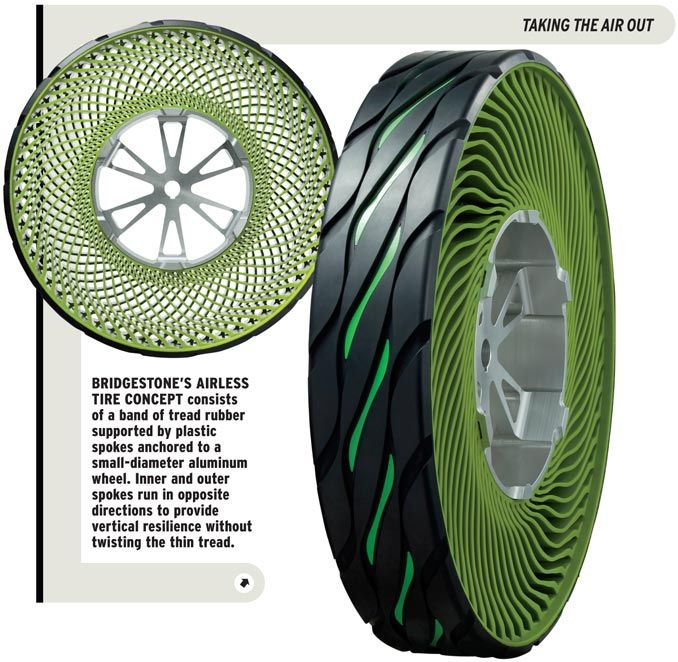 Improves the grip of the tire with the roadway, protects the carcass, as well as the breaker. The main task of the tread is to improve traction in bad weather - for example, during rain and snow. The tread is designed in such a way that it effectively removes dirt, rainwater and snow from the contact patch and thus makes driving easier.
Improves the grip of the tire with the roadway, protects the carcass, as well as the breaker. The main task of the tread is to improve traction in bad weather - for example, during rain and snow. The tread is designed in such a way that it effectively removes dirt, rainwater and snow from the contact patch and thus makes driving easier.
The main component of a tire is always rubber. It is made from natural and artificial rubbers. Cord fabrics, in turn, are made from metal fibers (metal cord) and threads based on textiles and polymers. Metal cord is used in the manufacture of truck tires, while textiles and polymers are used in the production of passenger cars and light trucks.
Based on the orientation of the cords, tires are divided into bias and radial.
These tires are characterized by the fact that the cords are arranged diagonally, at an angle of approximately 50 degrees. In this case, the threads of two adjoining carcass layers always intersect at the same angle - approximately 100 degrees. Since the layers work in pairs, their total number in the bus is always even. Bias tires are characterized by a very thin breaker - usually two-ply, if we are talking about a passenger tire. In this case, the breaker only slightly strengthens the main frame. The diagonal orientation of the cords allows the carcass to stretch in two directions - in the transverse and longitudinal - which ensures high elasticity of the tire.
The thick and strong sidewall is another distinguishing feature of the diagonal tyre. In this regard, the sidewall differs little from the tread. Thanks to this feature, the tire is practically not deformed, so it is resistant to impacts and cuts, able to withstand significant loads and retains its properties even at relatively low pressure inside.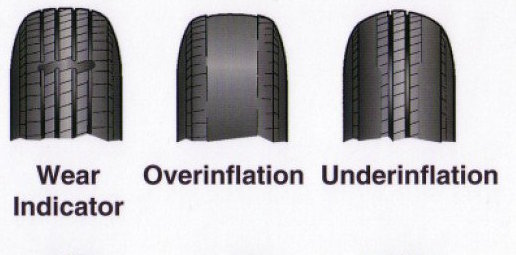
The bias tire still deforms slightly during rolling. This means that the angle between the cords of two adjacent carcass plies is constantly changing. The result is internal friction, which, in turn, is accompanied by the release of heat. Heat must be dissipated. To do this, the sidewall of the tire is made high: it accounts for at least 4/5 of the total height of the diagonal tire.
In these tires, the cords in the carcass do not intersect and are located radially, that is, from one side to the other. Cord threads in each layer of these tires are arranged in parallel. However, the breaker, even in radial tires, has a diagonal design. The breaker in diagonal tires is particularly strong and consists of at least four layers of polymer or two layers of steel cord.
The orientation of the cords in the carcass of such a tire does not allow it to stretch excessively across. The breaker prevents longitudinal stretching.
The radial arrangement of the cords reduces the stress that occurs in them during tire operation by about half. This also makes it possible to halve (when compared with diagonal models) the number of layers in the carcass, which significantly reduces the weight of radial tires. Due to the small thickness of the carcass, radial tires are more elastic, less subject to internal friction, so during their operation they do not generate as much heat as in the case of diagonal models. This feature allows you to make the tread thicker and its pattern deeper, thereby increasing the durability of the tire.
This also makes it possible to halve (when compared with diagonal models) the number of layers in the carcass, which significantly reduces the weight of radial tires. Due to the small thickness of the carcass, radial tires are more elastic, less subject to internal friction, so during their operation they do not generate as much heat as in the case of diagonal models. This feature allows you to make the tread thicker and its pattern deeper, thereby increasing the durability of the tire.
The design of the radial tires allows for free variation of the height and width of the profile. Such tires are divided into full-profile, low-profile and ultra-low-profile. The low profile in some situations makes the vehicle more stable and improves its handling. In addition, radial tires have minimal rolling resistance and therefore reduce fuel consumption.
The main disadvantage of radial tires is their rolling stiffness. These tires are good at transmitting vibration that occurs on rough roads.